More activities? If you are a mama like me the answer is yes please sign me up. If not, don’t worry these activities won’t take up any extra time and even better won’t cost you a dime. These 51 simple activities can easily be a part of your daily life activities and require items that you already have at home. And the bonus is they aren’t just fruitless activities to kill time, they do contribute to your little one’s development.
The development of fine motor skills is very important in young children because they lay the foundation for doing everyday tasks such as writing, holding utensils, buttoning up clothes, and tying shoe laces. Fine motor movements involve the coordination of small muscles in the hands and fingers to grasp and move small objects. Setting goals to improve fine motor skills in young children can help them succeed in activities of daily living and lay a strong foundation for child development.
It is important to note that the development of fine motor skills can only be done after establishing good gross motor skills. Gross motor skills refer to the coordination of the large muscles of the body to establish upper body strength and core stability. There are numerous activities that parents can engage children in to improve their fine motor skills. But before choosing an activity it is important to have a goal in mind. Each activity is designed to build particular skill sets, so in this article, I will list the goals that you may be looking to achieve while highlighting some activities that will get you there.
These activities are not only fun for young children but also play an important role in a child’s development. The simple activities were easy for me to incorporate into my daily life as a part of my daily tasks. Here I will list some fine motor goals for preschoolers or toddlers alongside some activities for fine motor development. Note, that these activities can be adjusted based on the child’s age group.
What are Fine Motor Goals?
Fine motor goals are the objectives we intend to achieve through the use of fine motor activities. I used to think that fine motor skills would come naturally as my little one got older. If you are a parent like me, who has a child or children enrolled in early childhood education programs, you will quickly realize that fine motor skills are a result of setting smart goals in place and practice.
51 Simple Fine Motor Activities
Improve Hand-eye Coordination
This allows young children to use their visual-motor skills to effectively exercise fine motor control in tasks that require precision. These activities exercise the brain as it coordinates the simultaneous working of the hands and eyes. Below is a list of fine motor activities that can be done to improve hand eye coordination.
1. Stacking small blocks on top of each other
2. Threading beads onto a string
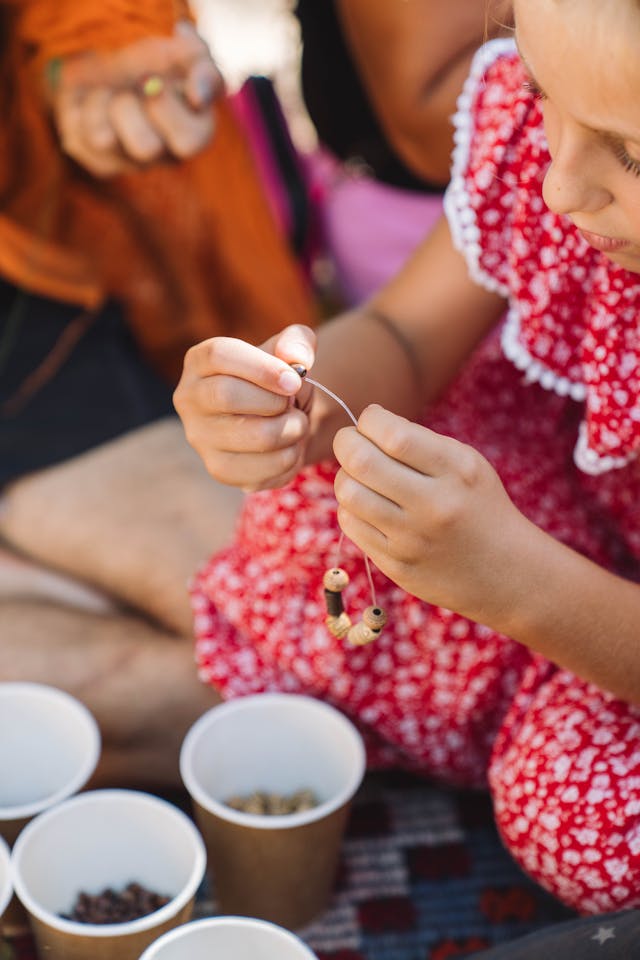
3. Fitting puzzle pieces together
4. Lacing up shoes
5. Throwing and catching a ball
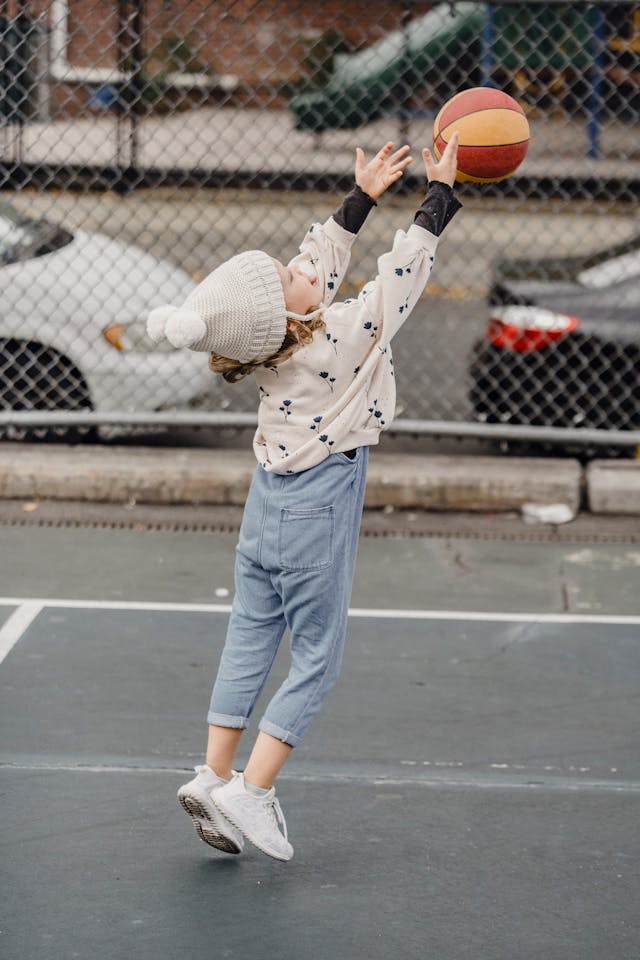
6. Painting and colouring
7. Rolling balls
8. Popping bubbles

9. Placing coins in piggy bank
10. Juggling a ball
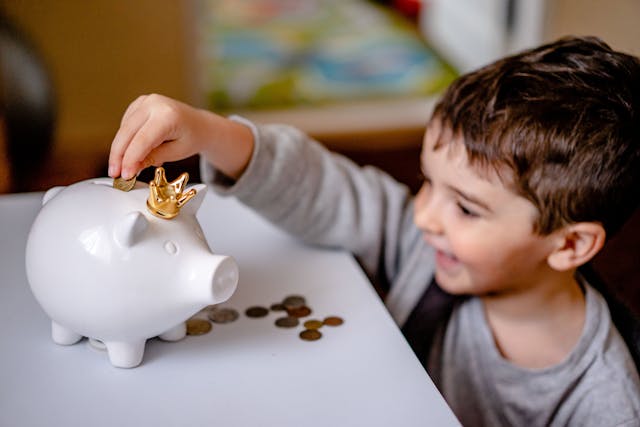
11. Having pillow fight

12. Cutting paper
13. Working in the garden
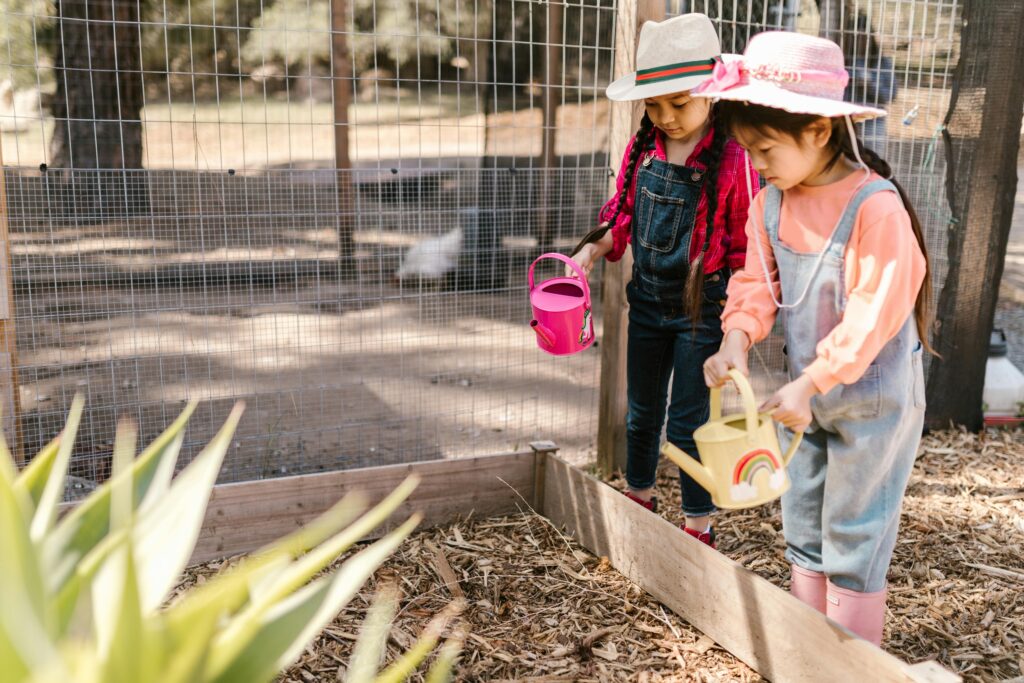
14. Go bowling or make your bowling alley with empty bottles and a ball
15. Sandpit play
16. Skipping rope
17. Bean bags toss
18. Drawing pictures

19. Tossing rings over a pole

20. Finger painting
21. Balancing egg on a spoon
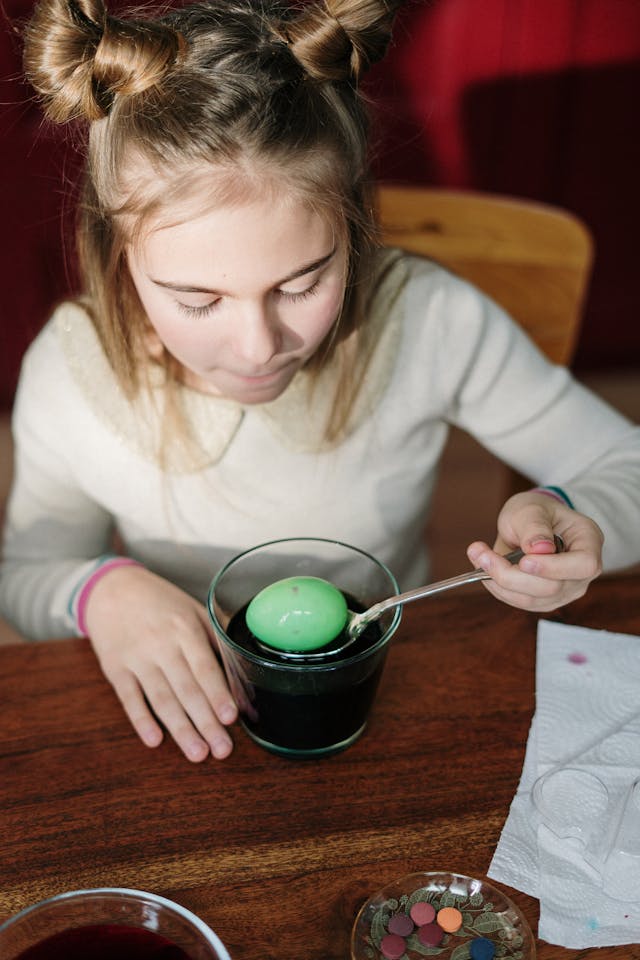
22. Playing with Pegboards
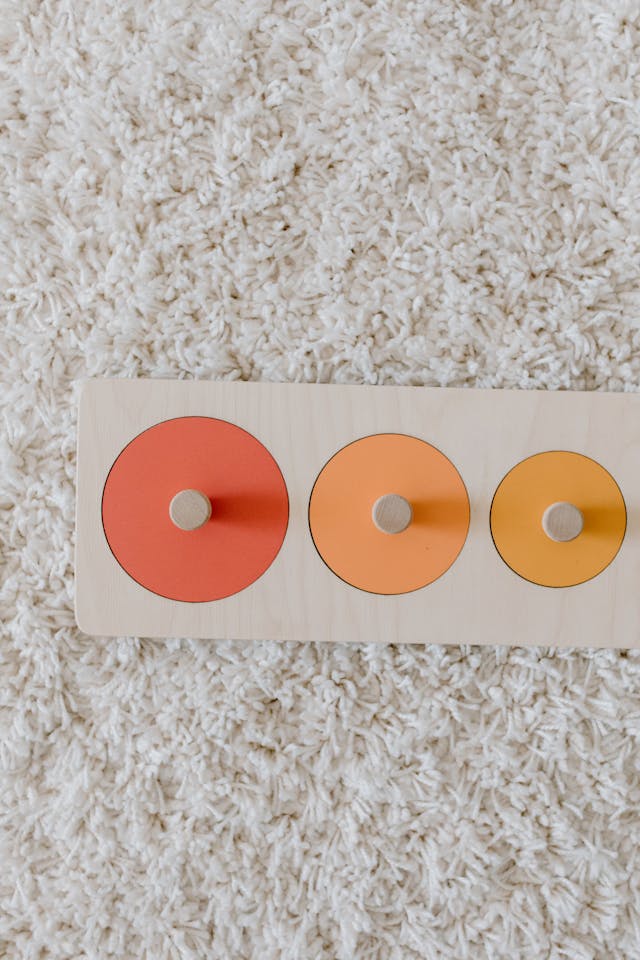
Develop pincer grasp
This involves the use of the thumb and index finger to pick up small objects. The pincer grasp utilizes the small muscles of the hand to carry out fine motor movements that are essential for daily tasks such as writing with a pencil and feeding themselves with a fork or spoon.
23. Finger food fun

24. Turning the pages of a book

25. Transferring Pom Poms from one container to another using tongs
26. Thongs to pick up balls and transfer
27. Using clothes pin
28. Forming shapes with play dough
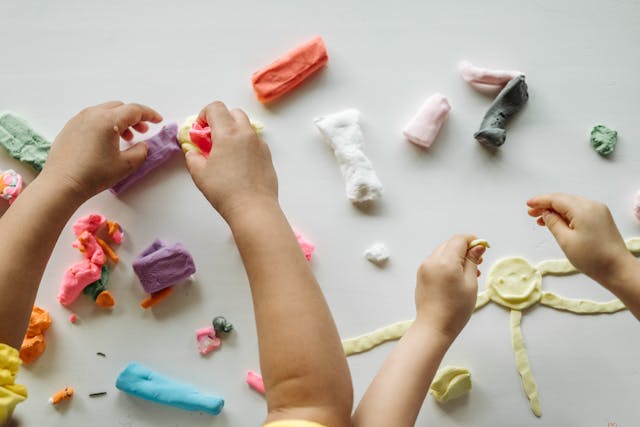
29. Treasure hunt Hiding small items in playdough
30. Peeling and pasting stickers
31. Lacing shoes or cards
32. Buttoning clothes
33. Playing with knob puzzles
34. Button sorting
35. Placing beads in a bottle one by one
36. Bottle covering games
37. Rice grain treasure by hiding small objects in a bowl of rice
38. Peeling tape from wall or floor
Strengthen hand muscles
Fine motor skill activities are a great way to increase muscle strength and manual dexterity in the hands. In completing daily tasks, playing a musical instrument, and building your little ones’ writing skills it is essential to have good hand muscle strength. Check out these activities to improve your child’s hand muscle strength.
39. Tearing and Crumpling paper with fingers by using both dominant and non-dominant hands
40. Roll on an yoga or exercise ball
41. Wall walk up
42. Using sidewalk chalk
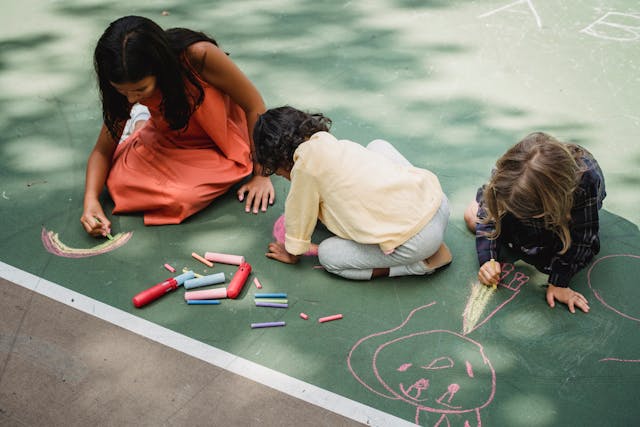
43. Using hole puncher
44. Rolling dough in the kitchen
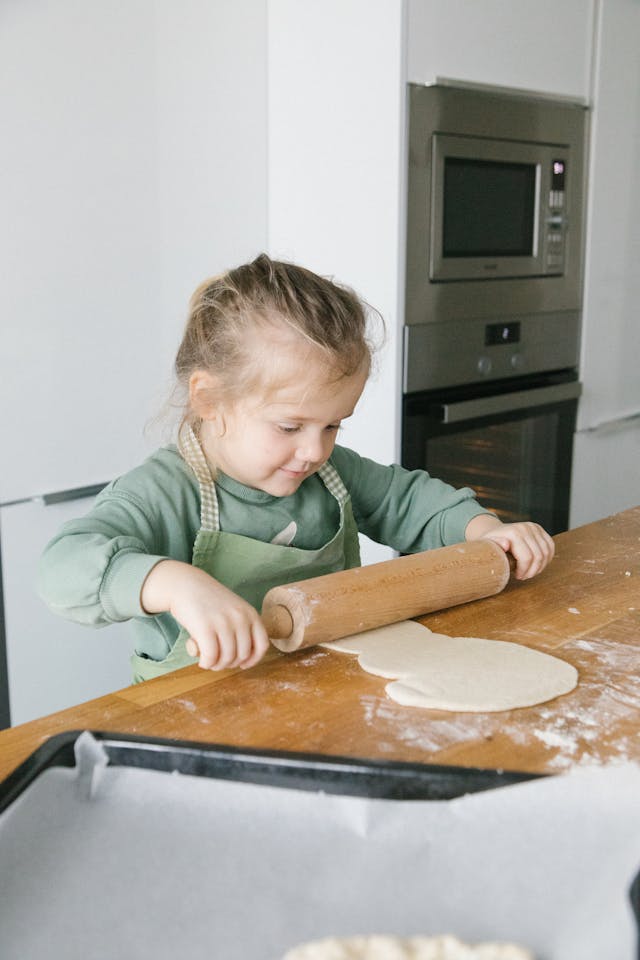
45. Pulling covers off pens (well don’t they do this everyday already)
Foster Sensory Play
Sensory play involves engaging all the senses (touch, smell, sight, hearing, and tasting) to learn about the surroundings. Your little one can easily get lost in end less fun of sensory play as it stimulates imagination and creativity while exploring different textures. Try these activities to tune fine motor skills through sensory play.
46. Sensory bins
47. Finger painting
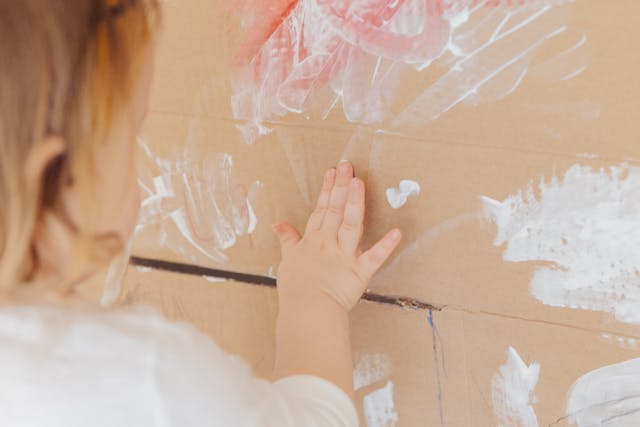
48. Playing with food
49. Playing in grass or sandbox
50. Bath time with colorful bath toys
51. Oil and water sensory bags
Frequently asked questions:
1. What are the goals of fine motor skills?
The ultimate goal of building fine motor skills is to perform everyday tasks such as holding a pencil to write, feeding oneself, and getting dressed.
2. What are some examples of fine motor skills?
Holding a pencil and writing or drawing with it, using scissors, folding clothes, fastening a button, pulling a zipper, tying your shoe lace.
3. What is a 2 years old able to achieve as of fine motor skills?
Picking up small objects with thumb and one finger and doing insert puzzles.
Conclusion
Engaging children in activities that improve their fine motor skills is essential for their overall development. These activities are not only for fine motor skill development but they also foster physical development, creativity, and problem-solving abilities. Parents should incorporate these activities into children’s daily life to help them enhance their fine motor skills and set them up for success in early education and the school setting. As stated before, adjust the activities to your child’s skill set and age group. Also, increase complexity when necessary as the hand strength develops. Consistent practice and repetition in doing fine motor tasks to achieve these goals. By providing children with opportunities to practice and refine their fine motor skills, we can support their growth and development and help them reach their full potential.
Please note if you suspect developmental delays in your young one, where they are not achieving their fine motor milestones, you seek the assistance of an occupational therapist.


